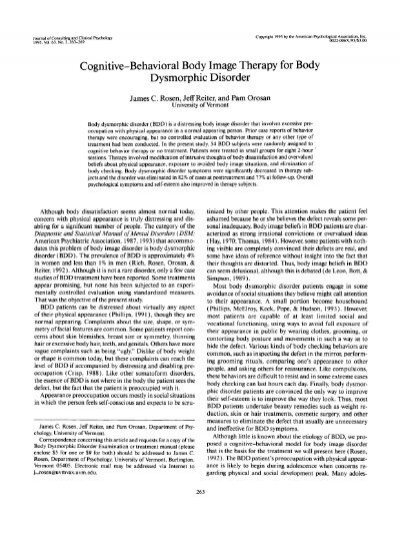What is The Body Speaks Full Overview
What is The Body Speaks Full Overview
Blog Article
In today’s world, where connections go beyond words, learning about behavioral body reading is becoming an essential skill for therapists and anyone who wants to understand human nature.
This article will show you how body analysis explains not only physical tendencies but also unconscious reactions.
Let’s dive into the fascinating world of body analysis, starting with why so many professionals use it.
Why Study Body Analysis
Body analysis gives you an unspoken dimension of communication, helping in team dynamics.
Many professionals use body analysis to improve therapy outcomes. Therapists may observe body posture to detect hidden discomfort.
Learning body analysis also enhances emotional intelligence. By noticing subtle cues, you become more sensitive to others’ needs and emotions.

Types of Body Analysis
Another approach looks at body proportions, connecting physical characteristics with psychological tendencies.
The “body explains” model, made popular by modern coaches, connects physical structure with specific personality archetypes.
While these methods differ in focus, they all share a common goal: to understand the link between body and mind.

How to Apply Body Analysis
These small signals may indicate discomfort, offering clues beyond their spoken words.
Coaches rely on physical cues to adjust their approach, noticing when a client feels blocked or energized.
The more you observe, the more intuitive your understanding becomes, allowing you to respond thoughtfully and authentically.
What People Get Wrong About Behavioral Body Reading
Relying solely on one signal can lead to misunderstandings.
Ethical practitioners of body analysis know it’s about observation, not judgment or labeling.
Anyone interacting with people can apply these insights to foster trust, empathy, and connection.
How the “Body Explains” Model Works
It’s used by personal development experts to help people understand why they react certain ways and how to unlock hidden emotional blocks.
For example, a prominent chest might symbolize assertiveness.
This integrative method links body awareness, offering a holistic view of human development.
Ethical Considerations in Body Analysis
Practicing behavioral body reading ethically means respecting privacy and avoiding stereotyping. Observing someone’s body language or traits doesn’t give license to label them without consent or dialogue.
Practitioners need cultural humility and awareness to avoid imposing biased interpretations.
Saying “I notice you tend to hold tension in your shoulders when discussing this topic” invites reflection, while “You’re clearly angry” risks invalidating the person’s experience.
How to Improve Your Body Analysis Abilities
Keep a journal to record patterns you observe, linking them to possible emotions or attitudes.
Practicing with peers or mentors can offer feedback to avoid overinterpretation or assumption.
As you develop body analysis skills, aim to balance observation and empathy.

Should You Explore Behavioral Body Analysis?
From observing posture to linking physical traits with psychological patterns, this skill enriches both personal and professional life.
Each pathway invites us to notice the wisdom carried in our bodies and how it shapes interactions.
Body analysis is not about instant answers but lifelong learning.
Common Questions About Body Reading
What does body analysis mean?
Body analysis is the practice of observing physical traits, posture, gestures, and movements to gain insights into personality, emotions, and behavioral patterns.
Can anyone learn body reading?
Yes, anyone can learn body reading with practice and guidance.
Is body analysis 100% accurate?
Body analysis is an interpretive tool, not an exact science.
How can I use body analysis professionally?
Yes, body analysis has applications in coaching, therapy, HR, leadership, and sales.
What’s the difference between body analysis and body language reading?
Body analysis often includes interpreting physical structure, traits, and muscular development, while body language reading focuses more on gestures and movements.
acesse o link link com mais detalhes Report this page